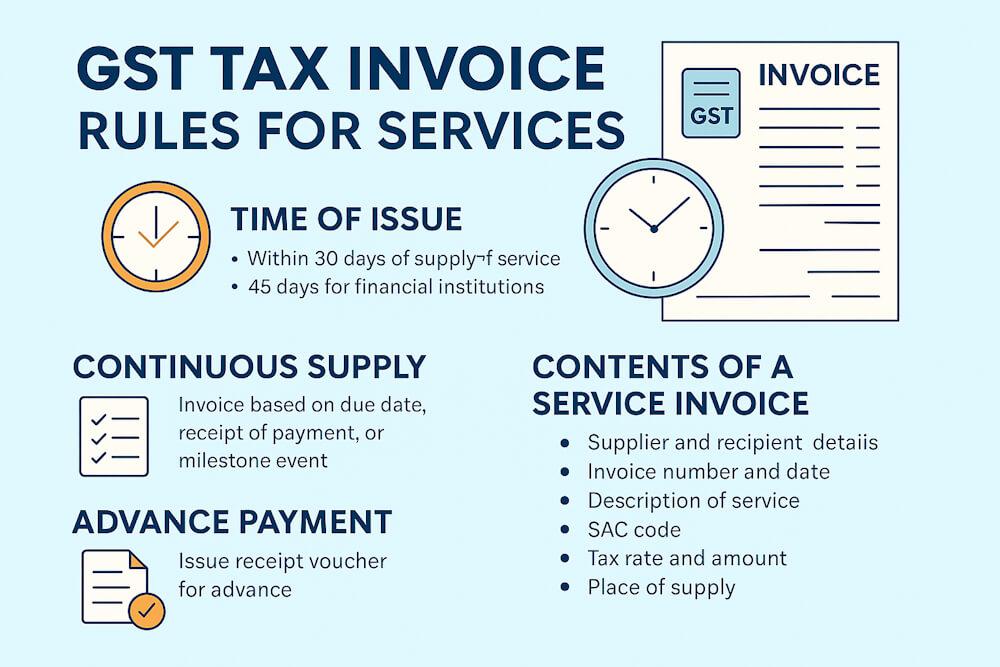When people say “analytics industry,” it sounds huge and kind of vague, right? Like, is it just big tech firms with fancy dashboards? Not really. The industry is actually a mix of players—different clusters, each doing their own thing but still part of the bigger picture.
And if you’re someone working in analytics, knowing these clusters helps. It shows you where the opportunities are, and honestly, where you might want to move if you get bored in one space.
The Three Big Types of Analytics
Before diving into the industry side, let’s clear the basics. Analytics generally splits into three buckets:
- Descriptive Analytics → What already happened. Reports, dashboards, numbers lined up.
- Predictive Analytics → What’s likely to happen next, based on patterns in past data.
- Prescriptive Analytics → What should be done. Recommendations, “do this, don’t do that.”
Every company works with some combo of these.
Industry Clusters
Now, zoom out. The “analytics industry” isn’t just about companies building software. It’s layered. You can think of it like an ecosystem:
- Tech Providers → The ones making the tools. Your SAS, IBM, Microsoft, Tableau. They build the platforms analysts use every day.
- Service Providers → Consulting firms, agencies, and outsourcing shops. They step in when companies don’t have in-house teams or expertise.
- In-House Teams → Pretty much every modern company has analysts sitting inside now—retail, banking, healthcare, you name it. They may not build the tools, but they drive actual use.
- Academic & Training Orgs → Universities, online courses, bootcamps. They pump out the next wave of data people.
Movement Between Clusters
One interesting thing? Analysts don’t usually stay stuck in one cluster forever.
- You might start in a consulting firm → learn different industries → then move in-house to specialize.
- Or maybe you’re in corporate analytics → but then jump to a software vendor to help design better tools.
- Some even circle back into teaching or training, passing along the skills.
That flexibility is kind of what makes analytics careers stand out. The skills travel.
Why This Matters
If you’re a business leader, understanding these clusters helps you know where to get help. Should you build an internal team? Or outsource? Or invest in better tools?
If you’re an analyst, it’s more about career navigation. You don’t have to stay locked into one track. The industry is wide enough to let you shift gears.
Wrapping It Up
The analytics industry isn’t one monolithic thing. It’s an ecosystem with different moving parts—tools, services, in-house teams, and education.
The opportunities are there. The trick is knowing where you fit right now, and maybe where you’d like to go next.





